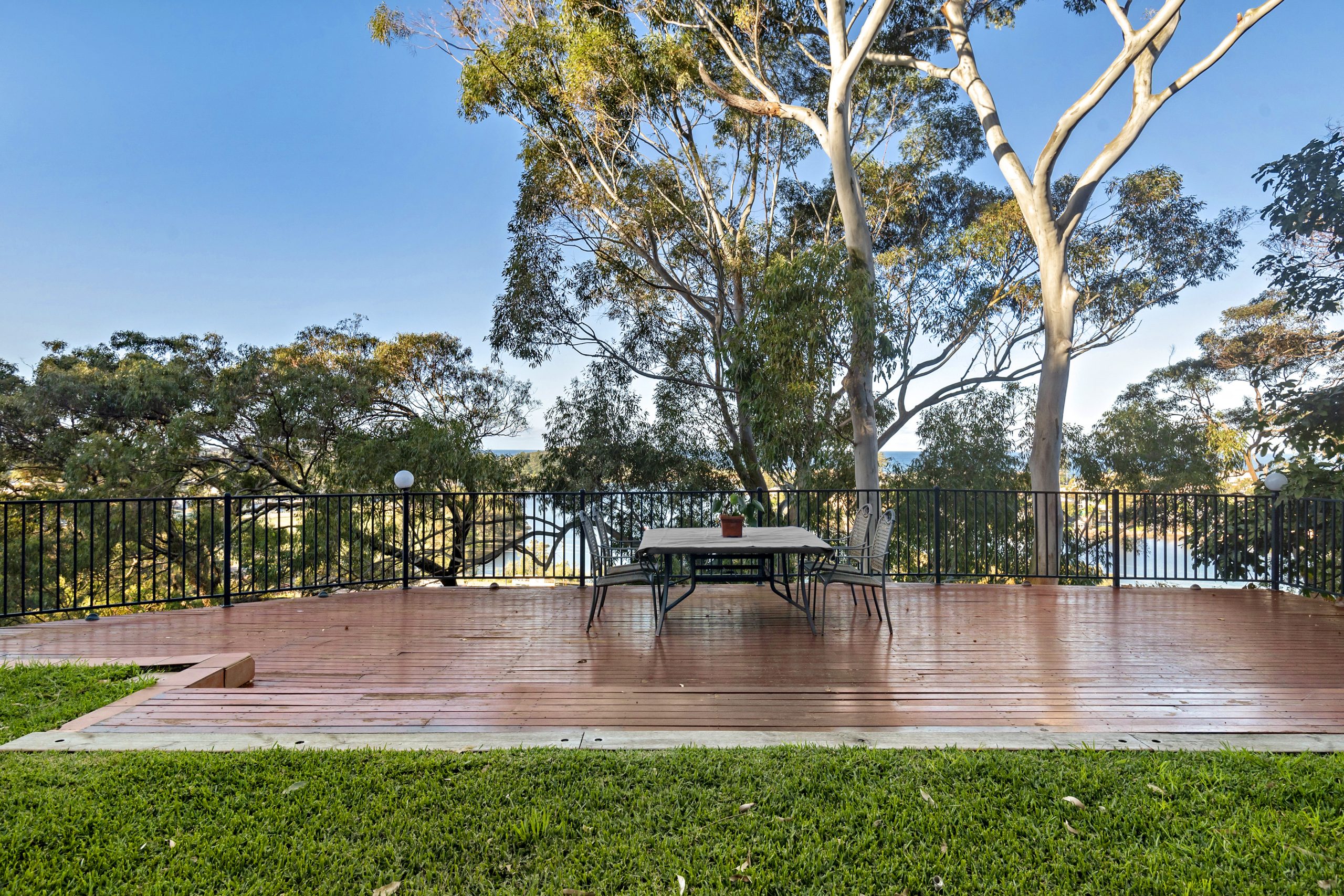Everybody has a different idea of what a dream home might look like. For some it might be a flat block in a quiet suburb, for others it could be an apartment overlooking a bustling city street. A white picket fence might make one person swoon while another just cringes at the idea of maintaining the garden behind it.
Lucky for us, Australia has a huge range of properties and landscapes to suit all walks of life. From clifftops to farmland, inner city to beach front there is something for everyone. The key to finding the dream home for you is to start researching what’s out there and figuring out which types of places really appeal to you and which ones don’t.
Make a list
The first step is to sit down and write out a wish list. Don’t hold back; list everything your dream home should have. Once finished, go over it and highlight the absolute ‘must-haves’. This might be items such as how many bedrooms, which suburb or whether it’s a freestanding house. These are the things that cannot be compromised on.
After that, place the rest of the items in order of how important it is from ‘good-to-have’ to ‘dream status’. For example, a backyard pool might be high on the good-to-have list, but the rooftop helipad might be on the dream status list.
If you are buying this property with your partner or someone else, you can either create the list together or you can do it separately and compare notes afterwards.
The deal-breakers
Now that you have your dream list, it is time to make a second one. This is the ‘deal-breaker’ list and is filled with all the things that you absolutely will not settle for. Things on this list might include specific suburbs that you aren’t interested in, or perhaps a two-storey house as a definite no-no for you.
The trick with this list is to move the things to the top that you cannot change after purchase. For example, the street, the land size or how far it is from work or transport. These are the things that no amount of renovating can fix. Other ‘deal-breaker’ items can then be ordered by how hard it is to change. For example, you can change a two-storey house into a one-storey if you really want to, but it would be a huge cost and wouldn’t make much sense. But the choice of tiles in the kitchen is an easy fix, even if you have to save up and do it down the track.
Now that you have your lists ready, it’s time to strike up a relationship with a trusted real estate agent. Having a friendly real estate agent know exactly what you are looking for can help ensure you don’t waste time looking at properties that aren’t the right fit.
Prepare your finances
It’s never too early to speak to the bank or a mortgage broker once you are ready to start looking for your dream home. Properties are selling fast, so having pre-approval will help you beat the competition when it’s time to put in an offer. It also helps to know exactly how much you can borrow before you start looking at places and falling in love with ones that are above your top limit.
Speaking with a mortgage broker will help you work out all the fees, extra costs and interest rates that will form part of your mortgage so you will know all the costs upfront and can agree on the right budget for you and your lifestyle.
Visit at different times
Although open homes are usually scheduled for the same time and day each week, it doesn’t mean you can’t check out the area on other days. Sometimes a street might look quite different during the week compared to a weekend, or in the evening compared to school times. Take a walk or a drive by on different days and at different times to give you a well-rounded idea of what the overall vibe of the street is like.
Emotions play a part
When making a big purchase you are often given the advice to keep your emotions out of it. But in the occasion of buying your dream home emotions play as much of a role as anything. A property might tick all the boxes on paper but if you don’t get a good feeling from a home when you are inspecting it then you might need to listen to your heart and not your head. You need to be able to see yourself and your family living there for many years.
However, emotions do need a boundary. Such as in the instance that a home is well over budget or if there are major problems with it. A house that is cosmetically flawed can be fixed up, but a house with major structural damage may not be worth it no matter how much you have fallen in love with the place.
When looking for your dream home write out your lists, get your finances in order and keep an open mind. A home might not look like the home of your dreams just yet, but some properties only take a bit of work to get them the way you want them. Good luck with the hunt!


